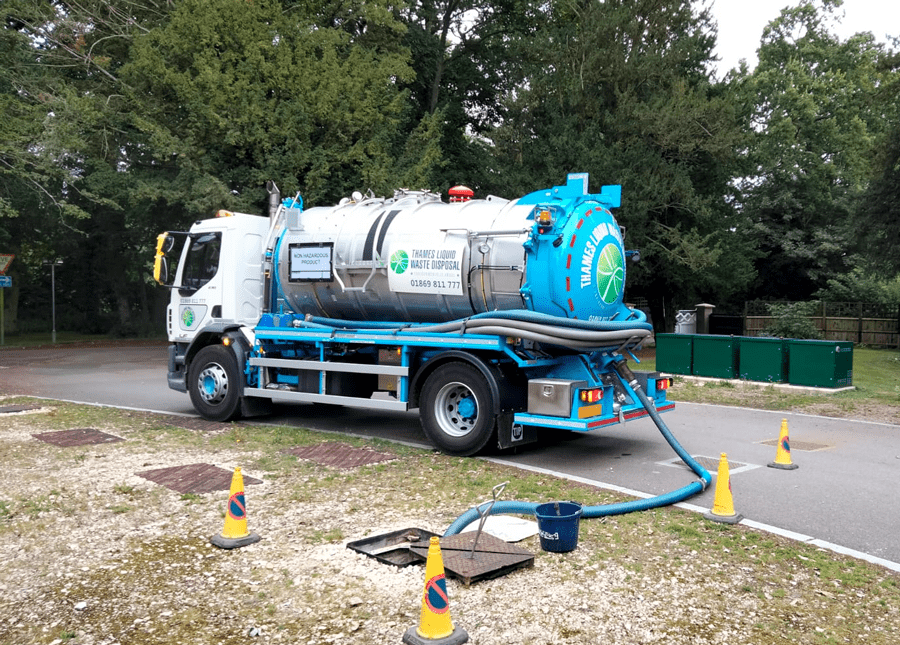The 2-Minute Rule for Reclaim Waste
The 2-Minute Rule for Reclaim Waste
Blog Article
An Unbiased View of Reclaim Waste
Table of ContentsThe Single Strategy To Use For Reclaim WasteWhat Does Reclaim Waste Do?More About Reclaim WasteA Biased View of Reclaim WasteSome Ideas on Reclaim Waste You Need To Know
Discover the types, events, and kinds of liquid waste. Domestic sewer waste refers to the waste and products from a residential sewage-disposal tank. This kind of waste is created by human beings in homes, schools, and various other buildings. This only includes septic systems that have a drain area. The appropriate management and disposal of domestic sewer waste need fluid waste to be transferred to a sewer treatment plant where the appropriate methods and tools are put on detoxify and dispose of waste.
Commercial waste frequently includes prospective threats, such as combustible materials or a combination of fluid and solid waste products, and needs an extra innovative and in-depth disposal procedure. The disposal of business waste generally includes the purification of waste prior to transportation to guarantee risk-free and appropriate disposal. Hazardous waste is created from byproducts and overflow of industrial procedures and manufacturing.
This sort of waste can not use the exact same sewer monitoring transport or procedures as septic or commercial liquids. The hazardous waste administration process needs the assessment and screening of liquid waste before it goes through the disposal procedure (liquid waste removal melbourne). Overflow waste is the fluid waste that originates from runoff and excess stormwater in highly inhabited areas or cities
Drainage waste can create contamination and flooding if not managed appropriately. Discover more concerning drain cleaning and waste management. Guaranteeing proper waste management can prevent disasters and lower ecological damage. Both individuals in residential settings and specialists in business or production industries can profit from comprehending the processes and policies of liquid waste monitoring.
The Reclaim Waste Diaries
Get in touch with PROS Providers today to discover our waste administration and disposal solutions and the appropriate means to take care of the liquid waste you create.
(https://share.evernote.com/note/7e2c20e2-4e08-1523-1aa2-d06cf7e27761)This supposed 'wastewater' is not just an essential resource yet, after treatment, will certainly be released to our land, waterways or the sea. Utilized water from toilets, showers, bathrooms, kitchen area sinks, laundries and industrial processes is known as wastewater.

water made use of to cool machinery or clean plant and equipment). Stormwater, a form of wastewater, is overflow that streams from farming and city areas such as roofings, parks, yards, roads, courses and seamless gutters into stormwater drains pipes, after rainfall. Stormwater flows unattended directly to regional creeks or rivers, at some point reaching the ocean.
Our Reclaim Waste Diaries
In Queensland, a lot of wastewater is treated at sewer therapy plants. Wastewater is moved from residential or commercial websites with a system of sewers and pump stations, recognized as sewage reticulation, to a sewer treatment plant.
The Department of Natural Resources recommends local federal governments concerning handling, operating and preserving sewerage systems and therapy plants. In unsewered locations, city governments might need homeowners to install specific or house sewer treatment systems to treat residential wastewater from bathrooms, kitchens, restrooms and washings. The Division of Natural Resources authorises the use of household systems when they are confirmed to be reliable.
In some brand-new class, therapy of some stormwater to remove clutter, sand and gravel has actually begun utilizing gross pollutant traps. Wastewater therapy happens in 4 stages: Gets rid of solid issue.
Utilizes little living organisms recognizes as micro-organisms to break down and eliminate continuing to be liquified wastes and great particles. Micro-organisms and wastes are integrated in the sludge.
The 15-Second Trick For Reclaim Waste
Nutrient removal is not readily available at all sewer therapy plants because it requires pricey specialized tools. It is coming to be more common in Queensland. Clear fluid effluent generated after treatment may still include disease-causing micro-organisms. If this effluent is launched into rivers such as rivers or the sea, the micro-organisms will ultimately die out.

This usually means wastewater needs to be treated or contaminants removed prior to it can be discharged to rivers. The majority of wastewater streams into the sewage system. Under the Act, city governments administer authorizations and licences for eco appropriate activities (Ages) involving wastewater launches that may have a local influence. The department carries out approvals and permits to Ages involving wastewater launches that may have a regional or statewide influence.
Examine This Report about Reclaim Waste
Monitoring offers valid info regarding water high quality and can confirm that licence problems are being met. The info obtained through tracking provides the basis for making water quality decisions.
Report this page